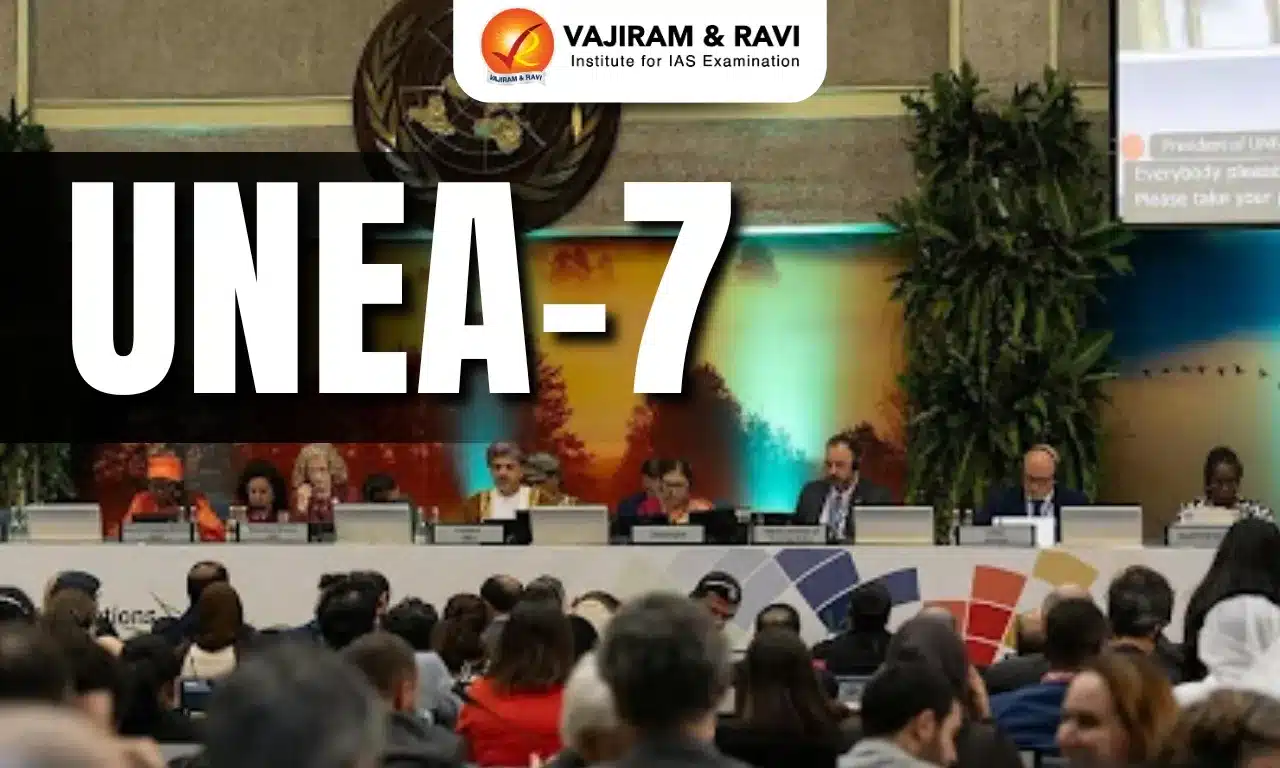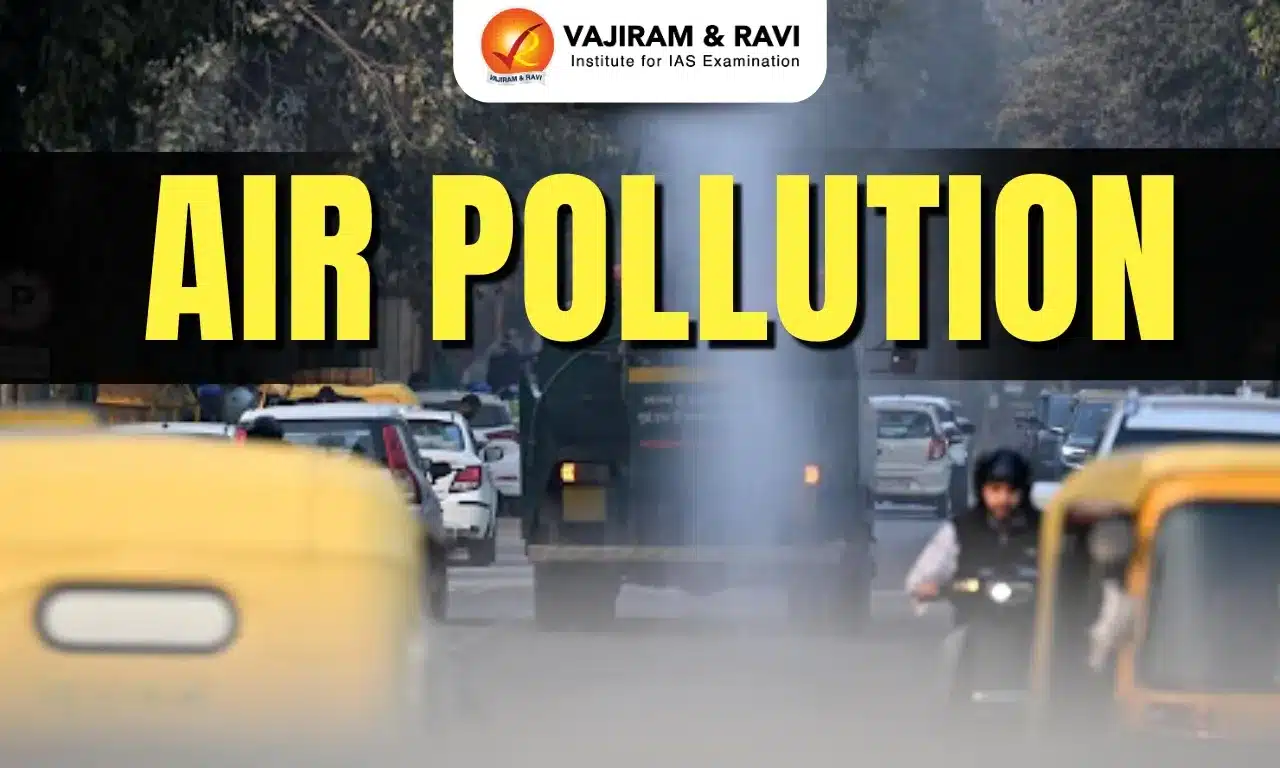What’s in today’s article?
- Background
- Why Are Lithium Batteries a Concern?
- Position Papers by IFALPA
- Case Studies and Data
- Proposed Mitigation Strategies
- Broader Implications
- Conclusion
Background
- Lithium-ion batteries have become integral to modern technology due to their high energy density, rechargeability, and versatility.
- These batteries power a wide range of devices, from electric vehicles (EVs) to consumer electronics. However, their growing use in aviation has raised significant safety concerns, particularly regarding their fire risks.
- The International Federation of Air Line Pilots’ Associations (IFALPA) recently issued position papers highlighting the dangers posed by lithium-ion batteries in airport and aircraft environments.
- The IFALPA is a global non-profit representing the international community of professional pilots.
Why Are Lithium Batteries a Concern?
- Lithium-ion batteries, while efficient, can catch fire under certain physical or environmental stresses.
- Fires are caused by short circuits within the battery, which lead to continuous production of heat, oxygen, and electric current. Factors contributing to these risks include:
- Mechanical Abuse: Deformation of internal structures.
- Electrical Abuse: Degraded performance due to improper usage or charging.
- Thermal Abuse: Heat accumulation leading to a “thermal runaway.
- For example, after Hurricane Helene in 2024, 48 lithium-ion batteries caught fire due to prolonged exposure to salt water, underscoring the risks associated with improper battery ratings for extreme conditions like flooding.
Position Papers by IFALPA
- The IFALPA’s position papers (POS01, POS02, and POS03) address various aspects of lithium battery safety:
- POS01 – Safe Transport of Batteries:
- Focuses on UN regulations 3480 and 3481 for air transport of lithium-ion batteries.
- Calls for extending the 30% state-of-charge (SOC) limit to equipment with built-in batteries (UN3481) to reduce fire risks during transportation.
- POS02 – Fire Safety Protocols:
- Highlights that fires caused by lithium-ion batteries differ from traditional fires.
- Calls for airports and ground services to develop specialized fire-safety equipment and protocols to handle these incidents effectively.
- POS03 – Risks in Flight Decks:
- Raises concerns about batteries in critical aircraft components.
- Cites studies by the U.S. Federal Aviation Administration (FAA) and European Union Aviation Safety Agency (EASA) showing that existing fire kits are inadequate for high-energy lithium-ion battery fires.
- POS01 – Safe Transport of Batteries:
Case Studies and Data
- Energy Density Concerns: Modern lithium-ion batteries have become more energy-dense, increasing their potential for catastrophic fires. This poses challenges for firefighting and containment.
- Toxic Fumes: When these batteries burn, they release hazardous fumes, requiring specialized safety measures.
- Inadequate Fire Kits: Research indicates that current firefighting kits fail to address battery fires effectively, particularly those with an energy rating exceeding 100 Wh.
Proposed Mitigation Strategies
- Enhanced Packaging and Labelling:
- Adherence to strict UN regulations for bulk and equipment-contained batteries.
- Implementation of SOC limits across all battery types.
- Development of Specialized Equipment:
- Airports and rescue services should invest in purpose-built fire-safety kits designed for lithium-ion battery fires.
- Regulatory Updates:
- Extend safety standards to address growing applications of lithium-ion batteries in aviation.
- Public Awareness and Training:
- Educate passengers and airline personnel on safe handling and storage of lithium-ion batteries during travel.
Broader Implications
- The safety risks of lithium-ion batteries extend beyond aviation. With increasing use in electric vehicles and renewable energy storage, the need for robust safety standards is more critical than ever.
- Addressing these concerns will require collaboration between industries, regulatory bodies, and researchers to develop innovative solutions for safe energy storage and transportation.
Conclusion
- Lithium-ion batteries are essential to modern life, but their potential fire hazards demand urgent attention.
- The insights from IFALPA’s position papers underscore the need for enhanced safety protocols, regulatory reforms, and technological innovations.
- By addressing these challenges proactively, industries can ensure the safe and sustainable use of this indispensable technology.
Q1.What are Transition Metals?
Transition metals are one of the group of metals in the centre of the periodic table. Transition metals are heavy, they melt only at high temperatures, they form coloured compounds, they can combine with another element to form more than one compound, and they often act as a catalyst.
Q2. What is the meaning of Asthenosphere?
The asthenosphere is an important layer, or zone, within the earth. Temperature increases with depth in the earth and eventually the rock material of the mantle becomes partially molten. This partially molten layer is called the asthenosphere. It is located below the Lithosphere.
Source : Safety First
Last updated on December, 2025
→ Check out the latest UPSC Syllabus 2026 here.
→ Join Vajiram & Ravi’s Interview Guidance Programme for expert help to crack your final UPSC stage.
→ UPSC Mains Result 2025 is now out.
→ UPSC Notification 2026 is scheduled to be released on January 14, 2026.
→ UPSC Calendar 2026 is released on 15th May, 2025.
→ The UPSC Vacancy 2025 were released 1129, out of which 979 were for UPSC CSE and remaining 150 are for UPSC IFoS.
→ UPSC Prelims 2026 will be conducted on 24th May, 2026 & UPSC Mains 2026 will be conducted on 21st August 2026.
→ The UPSC Selection Process is of 3 stages-Prelims, Mains and Interview.
→ UPSC Result 2024 is released with latest UPSC Marksheet 2024. Check Now!
→ UPSC Prelims Result 2025 is out now for the CSE held on 25 May 2025.
→ UPSC Toppers List 2024 is released now. Shakti Dubey is UPSC AIR 1 2024 Topper.
→ UPSC Prelims Question Paper 2025 and Unofficial Prelims Answer Key 2025 are available now.
→ UPSC Mains Question Paper 2025 is out for Essay, GS 1, 2, 3 & GS 4.
→ UPSC Mains Indian Language Question Paper 2025 is now out.
→ UPSC Mains Optional Question Paper 2025 is now out.
→ Also check Best IAS Coaching in Delhi

















